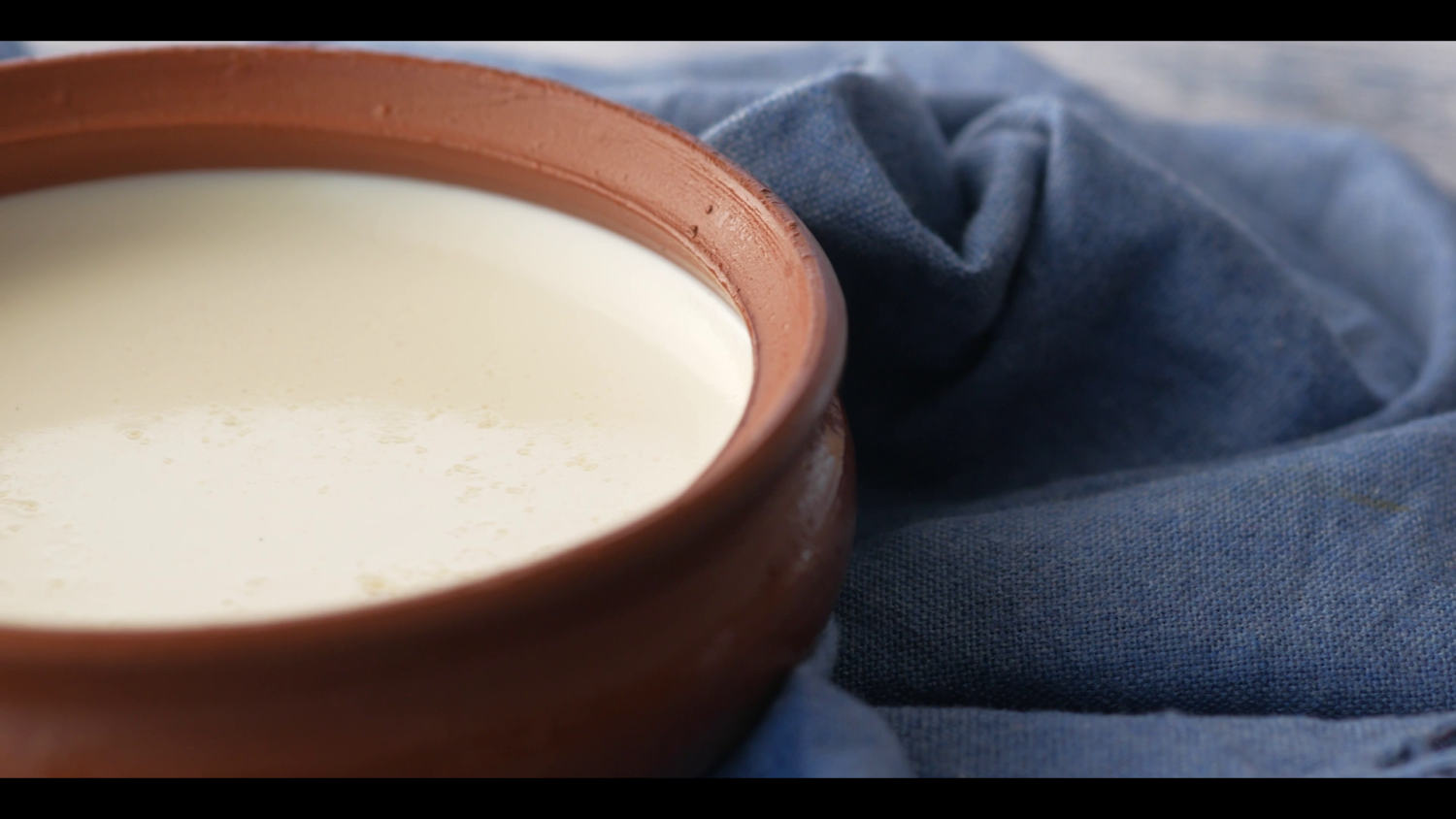Yogurt
An indispensable part of traditional Turkish cuisine, yogurt is a thick, nutritious dairy product formed as a result of fermentation of milk with certain bacteria.
Yogurt originated in Central Asia, which has hosted many civilizations throughout history. Yogurt, which has been consumed for centuries in the region we live in, has also been one of the main food sources for the Uighurs, one of the oldest Turkic tribes. Also, in the 11th-century works Divanü Lügati’t-Turk and Kutadgu Bilig, yogurt is referred to by its current name, and today, the word “yogurt” is known as a Turkish word in all languages around the world. According to sources, Europe became acquainted with yogurt when Suleiman the Magnificent sent yogurt prepared by physicians to King François I of France, who was ill. The King, who recovered in a short time, named yogurt “the milk of eternal life.”
For making traditional homemade yogurt, availability of good quality milk is very important. Yogurt made with the milk of village animals tastes more delicious and aromatic than supermarket yogurt. The type of yogurt varies depending on whether it is made from sheep, cow, or buffalo milk. Yogurt, which is known for its countless benefits and is considered stomach-friendly, should be included in daily diet of people of all age groups, is also highly beneficial for immune system, bone, and skin health.
It is known that yogurt, which holds a special place in our culture, is a heritage from Turkish cuisine to world cuisine. Various other products can also be produced from yogurt using different methods. By diluting it with water, ayran; by squeezing and straining, whey; by drying, tarhana (soup); and by using over-fermented or sour yogurt, curd cheese are obtained. Cacik, which is also quite popular in Turkish cuisine, is made by combining yogurt and cucumber. Yogurt is an essential companion to delicious meals.













